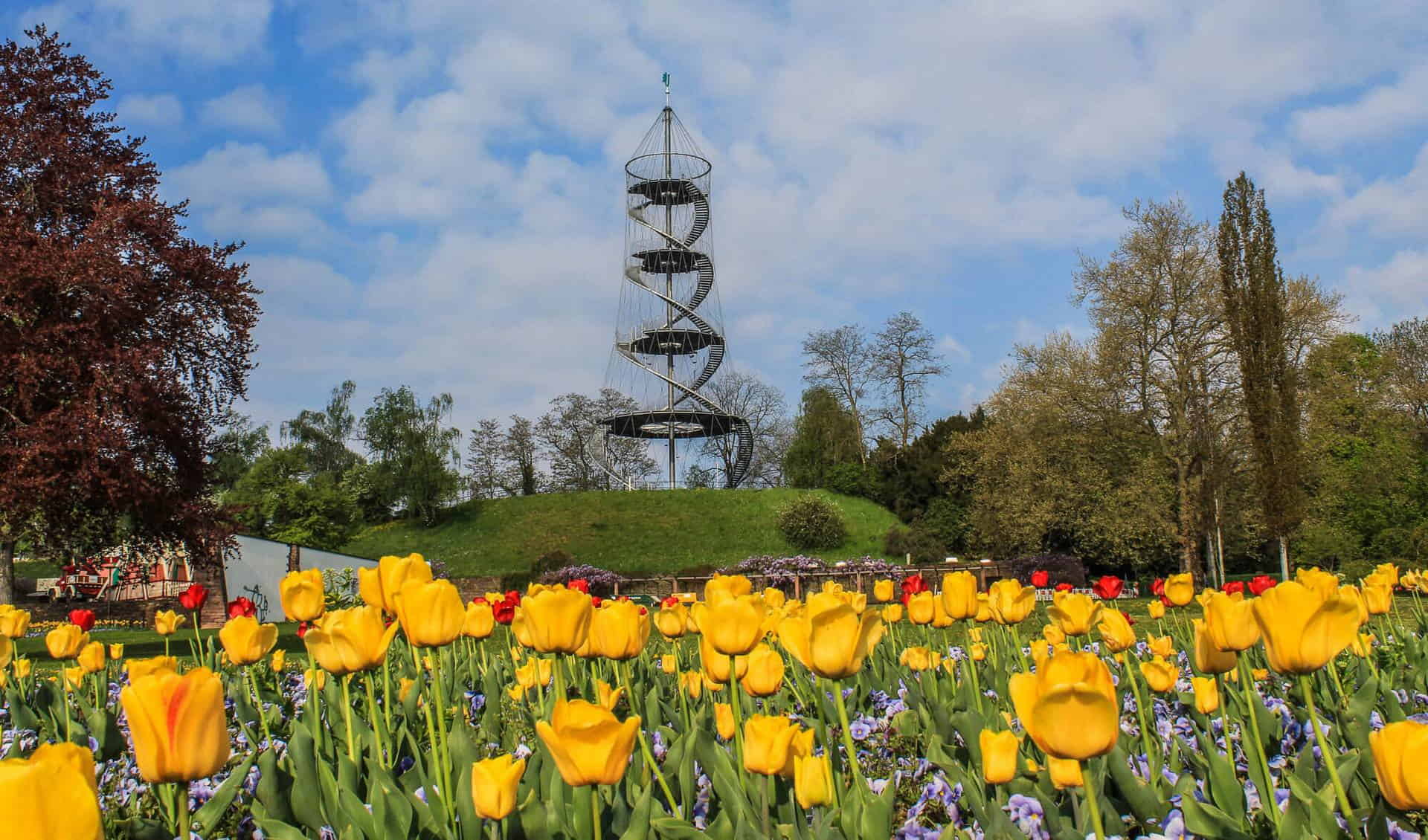Killesberg Park, known locally as Höhenpark Killesberg, is Stuttgart's urban oasis and a testament to innovative landscape architecture. This 123-acre green haven transforms a former sandstone quarry into a vibrant public space, blending natural beauty with artificial wonders. As a cornerstone of Stuttgart's "Green U," Killesberg Park offers visitors a unique blend of horticultural history, family-friendly attractions, and cutting-edge urban planning.
From its iconic 40-meter observation tower to its narrow-gauge railway, the park invites exploration and relaxation in equal measure. Whether you're a nature enthusiast, history buff, or family seeking outdoor adventures, Killesberg Park promises an unforgettable experience in the heart of Stuttgart.
Highlights
- 40-meter Killesberg Tower with panoramic views
- Narrow-gauge Killesberg railway
- Diverse landscape featuring fountains, gardens, and play areas
Contents
 Photo: stuttgartplaces.de
Photo: stuttgartplaces.de
Here is Why Your Kids Will Find it Interesting
Killesberg Park is worth visiting with kids aged 3-12 for its engaging attractions. The park's miniature railway, operated by steam and diesel engines, captivates young train enthusiasts. For the adventurous, the park boasts exciting playgrounds with innovative equipment. Animal-loving children will delight in the petting zoo, where they can interact with friendly farm animals. The park's varied landscape, from open meadows to hidden nooks, provides an ideal setting for imaginative play and exploration, making it a hit with children of all ages.
Family-friendly features
- Killesberg Railway: A narrow-gauge train ride through the park
- Adventure playgrounds with innovative equipment for various age groups
- Petting zoo with friendly farm animals
History and Transformation
.jpg) Photo: stuttgart.de
Photo: stuttgart.de
Killesberg Park's journey from an industrial site to an urban green space is a fascinating tale of transformation. Originally a sandstone quarry, the area was repurposed for the 1939 Reichsgartenschau (National Garden Show). This conversion marked a significant shift in the site's identity and purpose.
Hermann Mattern, a renowned landscape architect, played a crucial role in the park's original design. His vision for Killesberg Park was revolutionary, emphasizing integrating natural and artificial elements. Mattern's design philosophy focused on creating diverse spaces that flowed seamlessly into one another, a concept that remains evident in the park today.
The Stuttgart State Museum of Natural History is 1.8 km away and is ideal for family visits.
The park's creation in the 1930s was a landmark in horticultural history. It showcased innovative landscaping techniques and plant combinations that were ahead of their time. This forward-thinking approach established Killesberg Park as a model for future urban green spaces.
Over the decades, the park has hosted numerous horticultural events, including the Bundesgartenschau and the Internationale Gartenbauausstellung (IGA). These events have contributed to the park's ongoing evolution, introducing new features and plant collections while maintaining its historical significance.
Park Features and Attractions
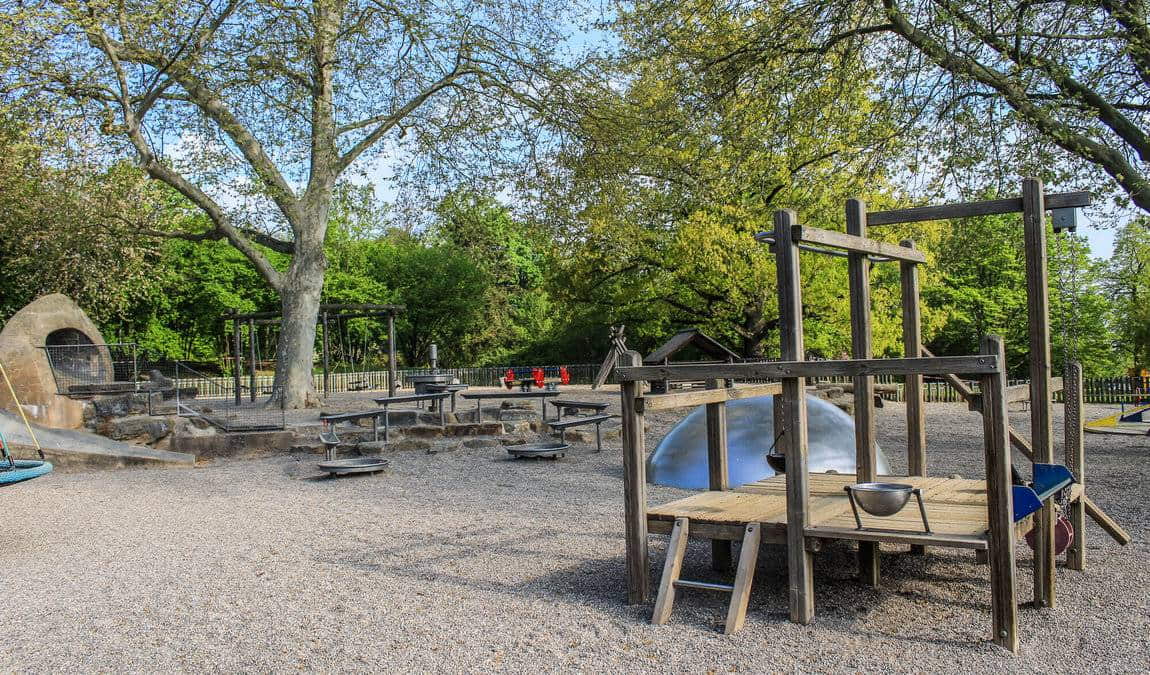 Photo: stuttgartplaces.de
Photo: stuttgartplaces.de
Killesberg Park boasts a diverse array of features that cater to various interests and age groups. One of its most striking elements is the iconic "red wall" of Kochenhof, a remnant of the park's quarry past that now serves as a dramatic backdrop for events and gatherings.
The park's landscape architecture is a testament to thoughtful design, offering changing vistas as visitors move through different areas. From manicured gardens to more naturalistic settings, each turn reveals a new perspective on the park's beauty.
Recreation areas and green spaces abound, providing ample opportunities for relaxation, picnics, and outdoor activities. The park's design encourages active and passive nature enjoyment, with open sports meadows and secluded spots for quiet contemplation.
Family-friendly amenities are a vital focus of Killesberg Park. These include:
- Playgrounds with innovative equipment
- A petting zoo for animal encounters
- The popular narrow-gauge railway
- An open-air swimming pool adjacent to the park
- A children's theater for cultural enrichment
These attractions ensure families have many options to keep children engaged and entertained throughout their visit.
The Green U of Stuttgart
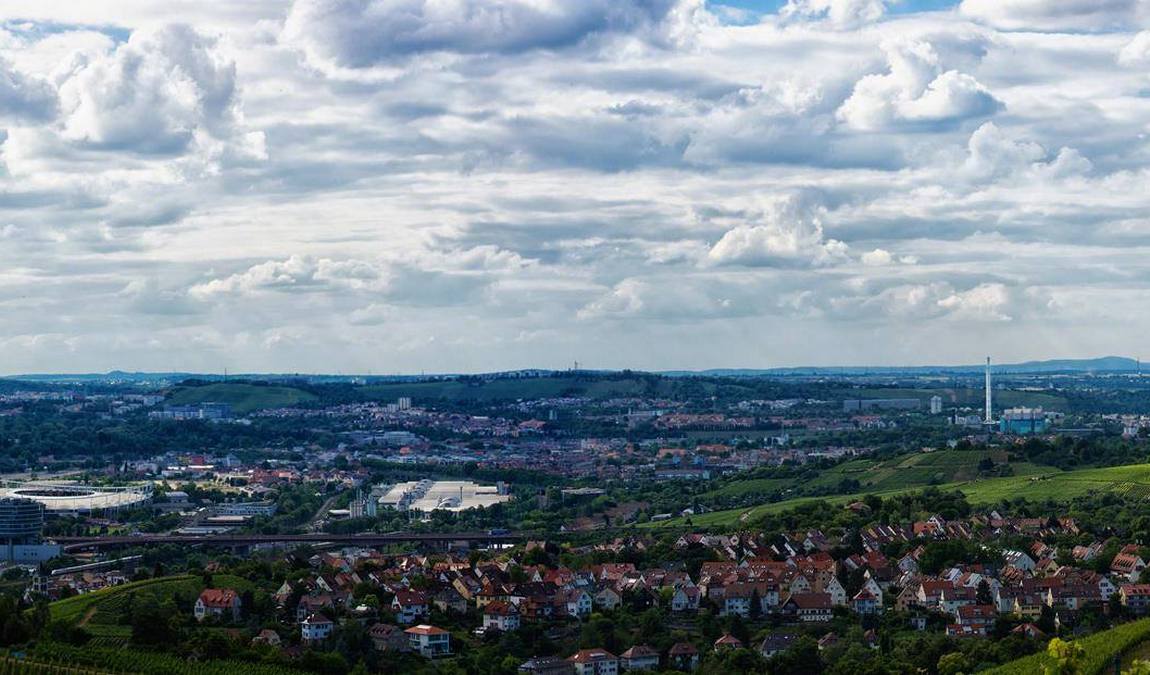 Photo: stuttgartplaces.de
Photo: stuttgartplaces.de
Killesberg Park is vital in Stuttgart's "Green U," a network of interconnected green spaces that form a U-shape around the city center. This concept is crucial to Stuttgart's urban planning strategy, promoting ecological connectivity and enhancing the quality of life for residents.
The park connects to other significant green areas in Stuttgart, including Schlossgarten, Villa Berg, Rosenstein Park, Wilhelma and Leibfridscher Garten.
This network of parks and green corridors serves multiple purposes:
- Ecological benefits: Providing habitats for urban wildlife and supporting biodiversity
- Climate regulation: Helping to mitigate the urban heat island effect
- Air quality improvement: Filtering pollutants and producing oxygen
- Recreational opportunities: Offering diverse spaces for outdoor activities
- Sustainable transportation: Encouraging walking and cycling between green spaces
Killesberg Park's position within this network enhances its importance for urban ecology. It is a crucial link in the chain of green spaces, facilitating wildlife movement and creating a continuous corridor of natural habitats within the urban environment.
Recent Expansion and Development
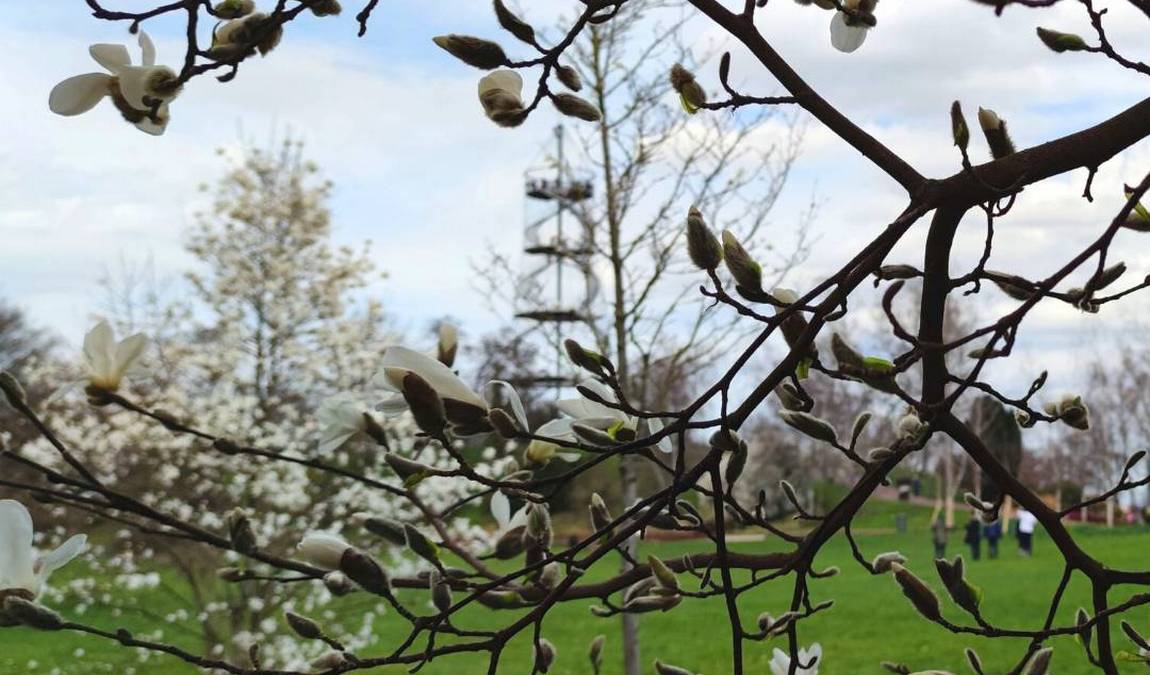 Photo: facebook.com/Stadt.Stuttgart
Photo: facebook.com/Stadt.Stuttgart
In recent years, Killesberg Park has undergone significant expansion and development, further cementing its status as a premier urban green space. Demolishing the old exhibition grounds adjacent to the park was an important milestone in this process, which paved the way for new opportunities.
The creation of the "Grüne Fuge" (green joint) was a vital component of this development. This extension integrates with the existing park, creating a cohesive and expanded green space. The Grüne Fuge exemplifies a new approach to urban planning that prioritizes blending natural and built environments.
This new urban environment combines ecology with economy in innovative ways. The design incorporates sustainable features such as:
- Rainwater management systems
- Native plant species to support local ecosystems
- Energy-efficient lighting and facilities
A hallmark of the expansion process was the collaborative design approach. Stakeholders, including local authorities, citizens, and neighbors, were shaping the park's new areas. This participatory process ensured that the expansion met the community's needs and desires while adhering to ecological principles.
The result is a park that preserves its historical significance while embracing modern sustainability practices and community engagement.
Park Design Concept
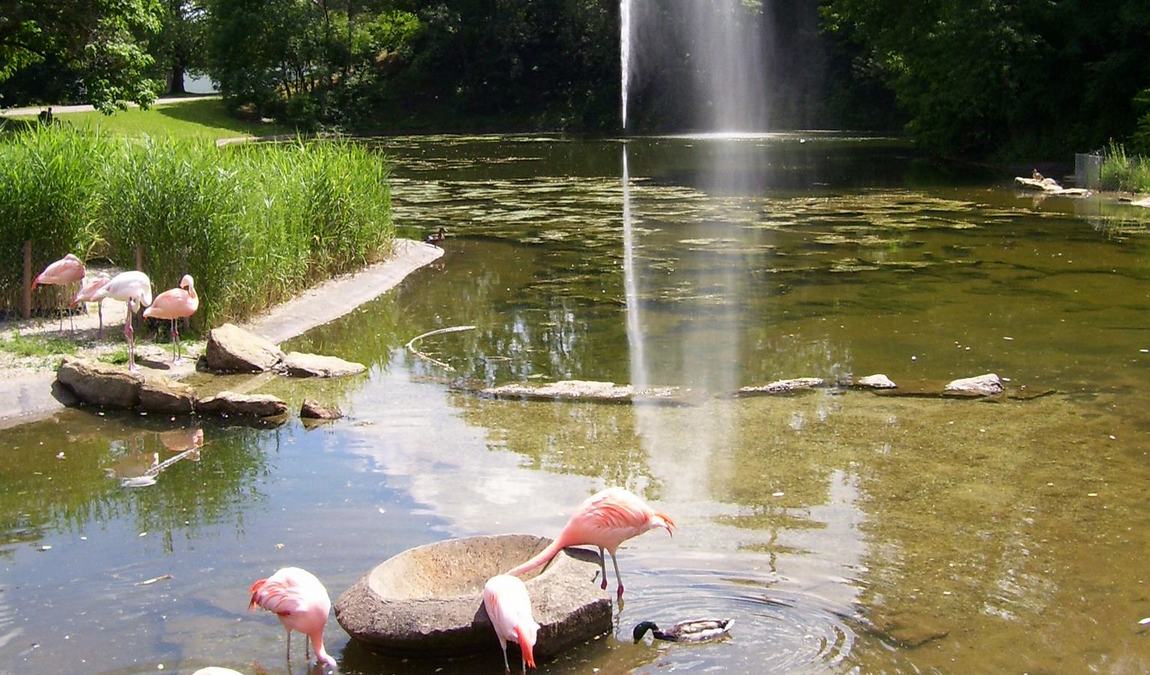 Photo: facebook.com/Stadt.Stuttgart
Photo: facebook.com/Stadt.Stuttgart
The design concept of Killesberg Park masterfully blends natural and artificial landscapes, creating a harmonious environment that respects the site's history while looking to the future. The park's designers have skillfully transformed the former quarry topography into a diverse and engaging landscape.
Key elements of the park's design include:
- Preservation of quarry features: Incorporating exposed rock faces and steep gradients into the landscape design
- Water features: Utilizing ponds, streams, and fountains to add visual interest and support biodiversity
- Varied plant communities: Creating distinct ecological zones throughout the park
- Architectural elements: Integrating structures like the Killesberg Tower and exhibition halls into the natural setting
The seamless integration of individual spaces is a hallmark of the park's design. Visitors can move from formal gardens to naturalistic meadows, each area flowing organically into the next. This approach creates a sense of discovery and encourages exploration throughout the park.
Sustainable urban planning and regeneration principles are evident throughout Killesberg Park. The design incorporates green infrastructure for stormwater management, native plant species to reduce maintenance and support local ecosystems, energy-efficient lighting and facilities, and permeable surfaces to minimize runoff.
These elements contribute to the park's role as a model for sustainable urban green spaces, demonstrating how ecology and urban development can coexist harmoniously.
Visitor Experience
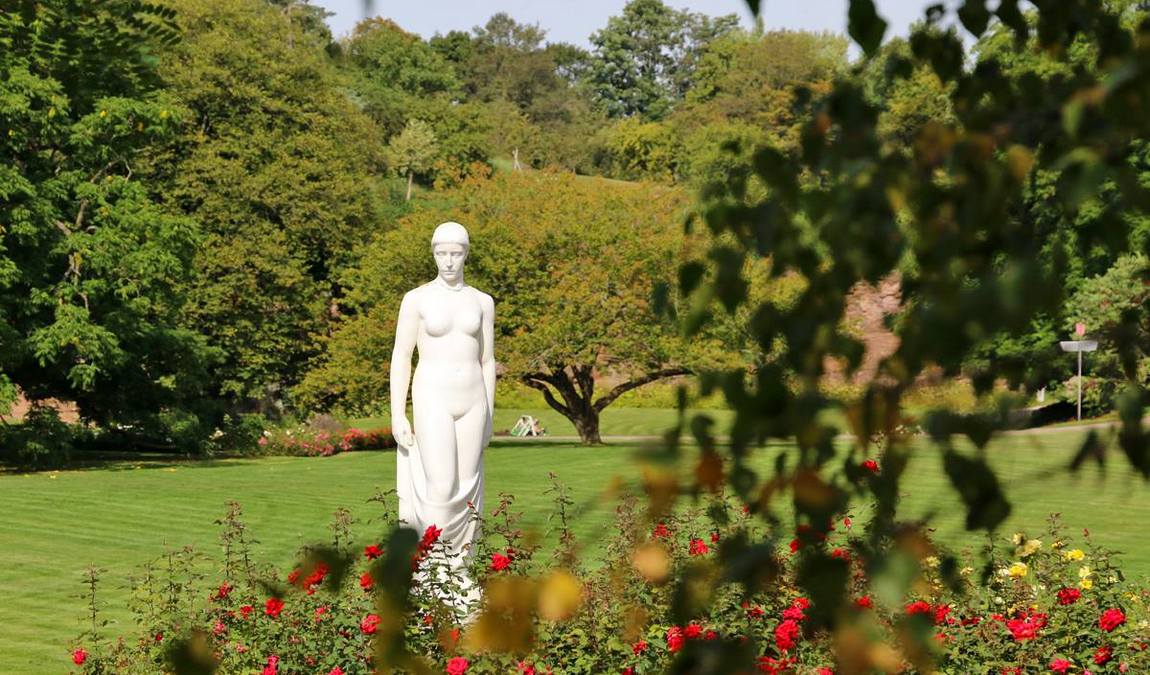 Photo: facebook.com/Stadt.Stuttgart
Photo: facebook.com/Stadt.Stuttgart
Killesberg Park offers a rich and varied visitor experience, catering to various interests and age groups. The park's accessibility and connectivity make it easy for visitors to explore its many attractions.
Cultural and recreational opportunities abound within the park:
- Art installations and sculptures
- Regular events and festivals, including the famous Lichterfest Stuttgart
- Educational programs on horticulture and ecology
- Sports facilities for active recreation
Environmental conservation efforts are visible throughout the park, providing opportunities for visitors to learn about sustainable practices and local ecosystems. Informational displays and guided tours offer insights into the park's ecological features and conservation initiatives.
Year-round attractions ensure that Killesberg Park remains a vibrant destination in all seasons:
| Season | Attractions |
|---|---|
| Spring | Blooming gardens, Easter events |
| Summer | Open-air concerts, outdoor swimming |
| Autumn | Fall foliage, harvest festivals |
| Winter | Winter walks, holiday markets |
The park's diverse offerings ensure that each visit can offer a new and engaging experience, encouraging repeat visits and fostering a strong connection between the community and this beloved green space.
Best Time to Visit
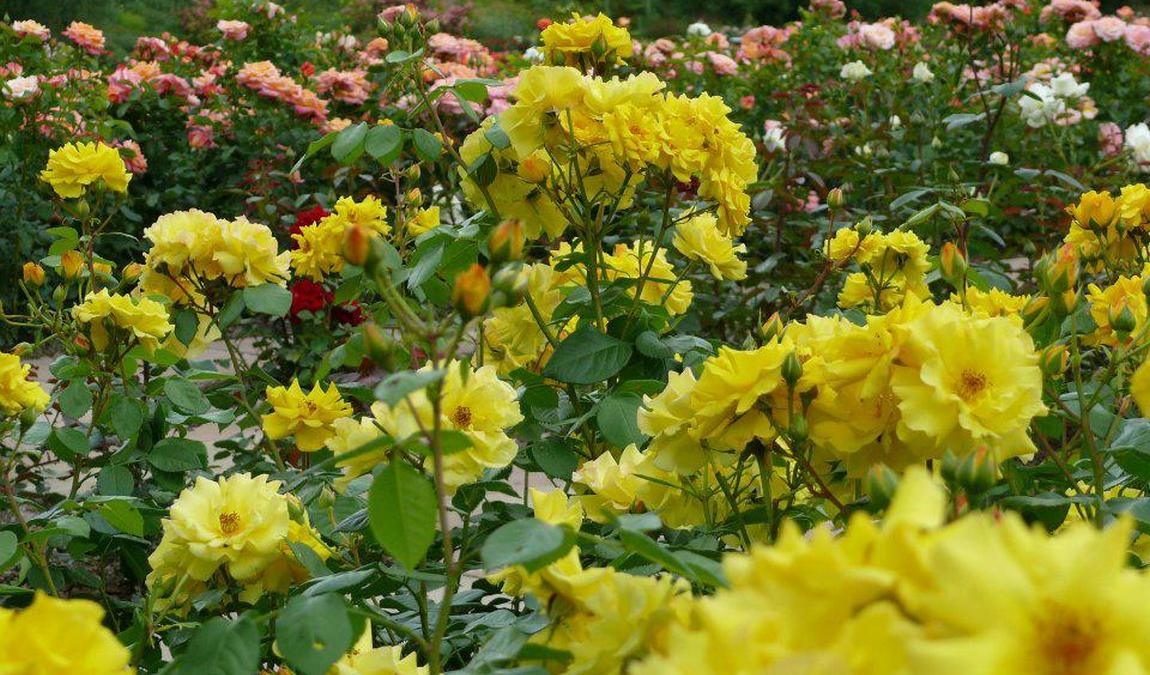 Photo: facebook.com/Stadt.Stuttgart
Photo: facebook.com/Stadt.Stuttgart
The best time to visit Killesberg Park with children is during the spring and summer, particularly on weekends when all attractions are operational. Mornings are ideal for exploring the park before it gets crowded, while afternoons offer a lively atmosphere with various activities in full swing.
Recommended Duration: A full day (6-8 hours) allows families to enjoy most of the park's attractions and amenities.
Our Resume
Killesberg Park stands out as a must-visit destination in Stuttgart. It perfectly blends natural beauty, family-friendly attractions, and historical significance. Its transformation from quarry to urban oasis showcases innovative landscape design and sustainable urban planning. With its diverse range of activities, cultural events, and green spaces, the park provides a refreshing escape for visitors of all ages, making it an essential part of any Stuttgart itinerary.


